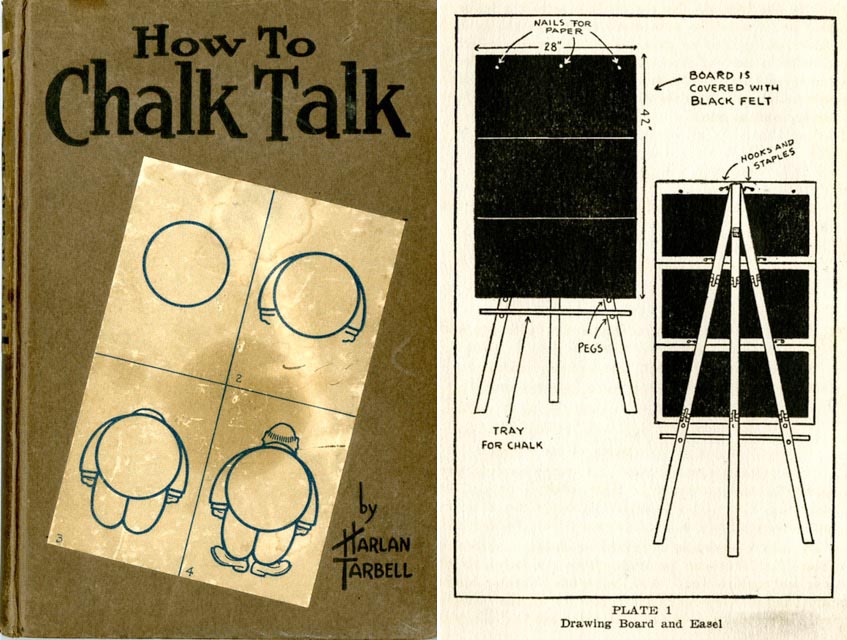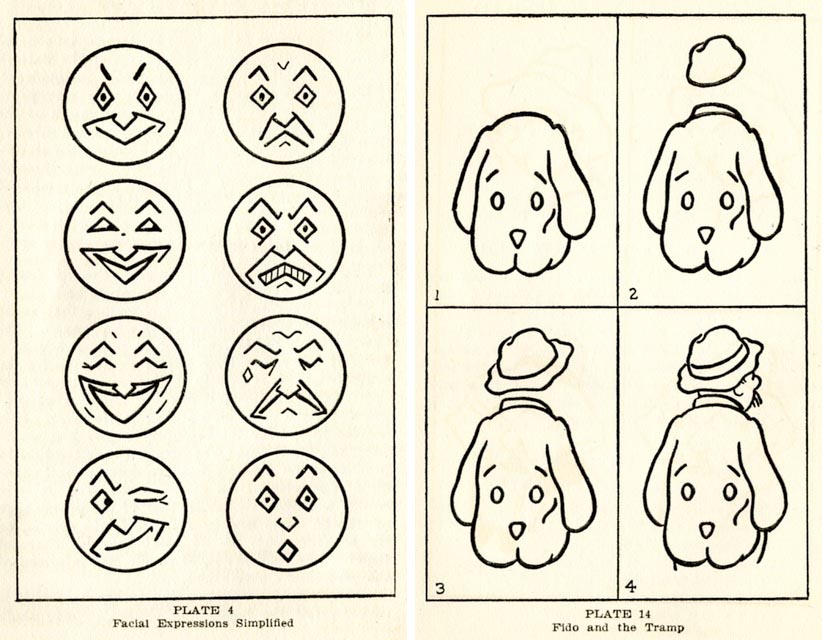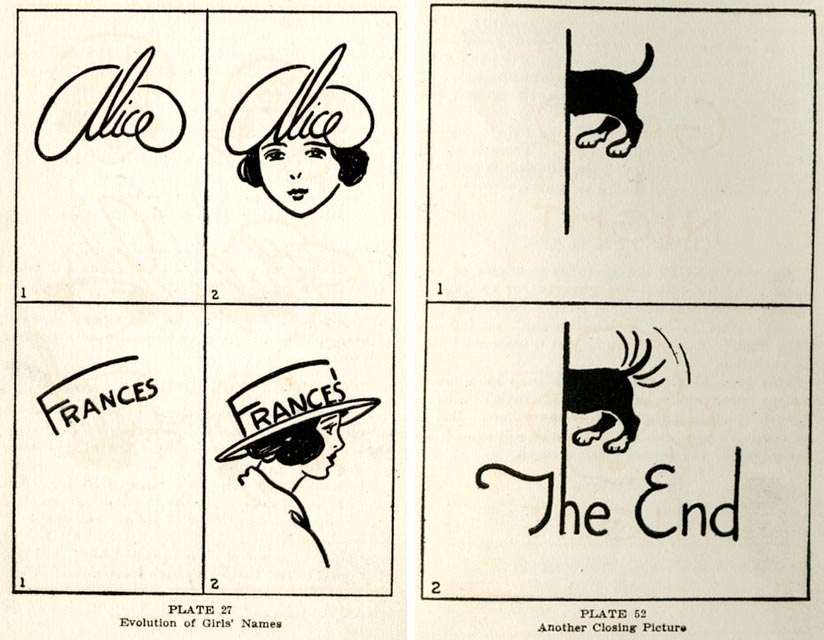
Before Keynote, PowerPoint, and PDFs, making live presentations was arguably easier. Even a simple TED Talk demands high level Lavalier microphones and staging technology. But as Harlan Tarbell noted in 1924, when the technics of public speaking were delightfully crude, “Drawn lines are simple things in themselves, yet what power of expression in a few of them appropriately combined!” He was referring to the Chalk Talk in his introduction to How To Chalk Talk, a common way of using graphic tools like glyphs, ideographs, and other basic images “that have come down to us from savage or prehistorical [sic] man” — a language that tells “amazingly much in amazingly small space.”
Graphic design began with the unassuming cave scratches and has evolved into the “uncanny insight and keen expression” that can enlighten and entertain, especially in making client presentations. In the epoch before visual pyrotechnics, “a piece of chalk operated on white paper by a gentle individual so timid…” Yet, through this method is the potential for construction, instruction, illustration, and entertainment.

Chalk talking, for those unfamiliar with the ancient form, consists of the speedy execution of chalk or crayon scribbles (iconography, if you prefer) that illustrate a speaker’s points in a “novel manner.” If you think this is similar to the now common daylong, groupthink meetings you are forced to attend during the workweek, you’re right. But once upon a time, this was the height of design thinking. In Tarbell’s words, “The field of the chalk talk is unlimited.” It is perfect for business, sales, and religious instruction — “for anyone who has a message to convey.”
It was accepted in 1924 that “vision is one of the primary mental processes.” Tarbell adds, “Describe a certain dog to a group of a dozen people and you will create a dozen different mental images, no two identical.” But wait, and this is the magic, show them a picture of the dog “and they will know precisely the kind of dog you are talking about.” Voilà! Through images ambiguity is eliminated. “With chalk,” Tarbell says, “clarity reigns.” What’s more, chalk talking does not require “an artistic genius which [one may] not possess.” It heightens and arouses curiosity. “It is a story to be told to the eye as well as the ear.” And this style of drawing not only is a time-saver, but also adds “considerable interest because it is unexpected.”
So the next time you are considering the design of the now ubiquitous “deck,” think of chalk talk instead. With a folding easel, several wads of cotton, a stick of lecturer’s crayon or chalk, you are in business. “In opening a program it is well to use a novelty picture…that carries a laugh.” Pack all your information in the middle. Then at the end, since the audience wants to be satisfied (“no matter how many tears you have brought forth during the program”), close with a big bang and a “note of good cheer.” A good joke at the end of a tragedy will be a sure-fire way to leave the viewer happy. Happiness is a good chalk talk.

